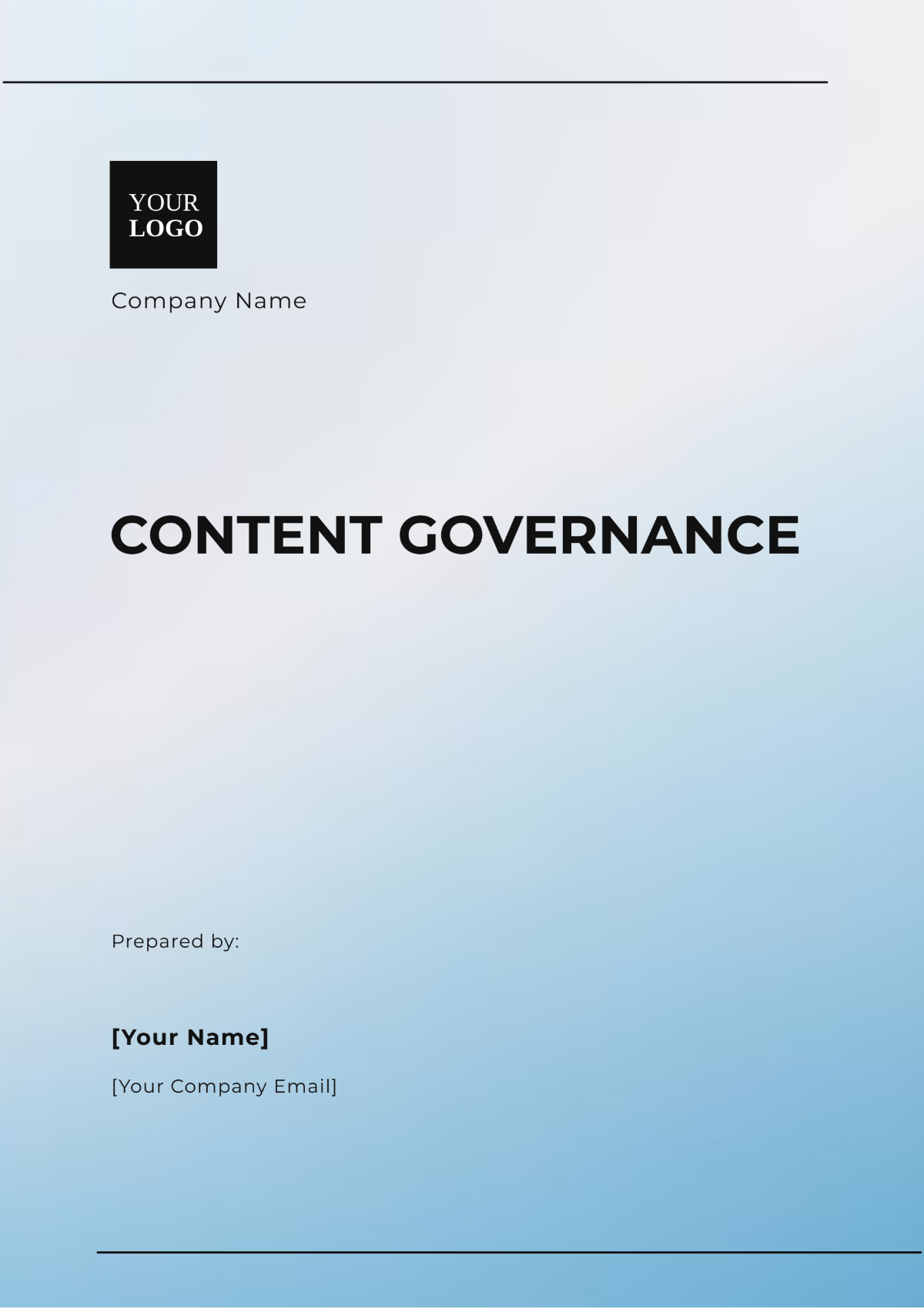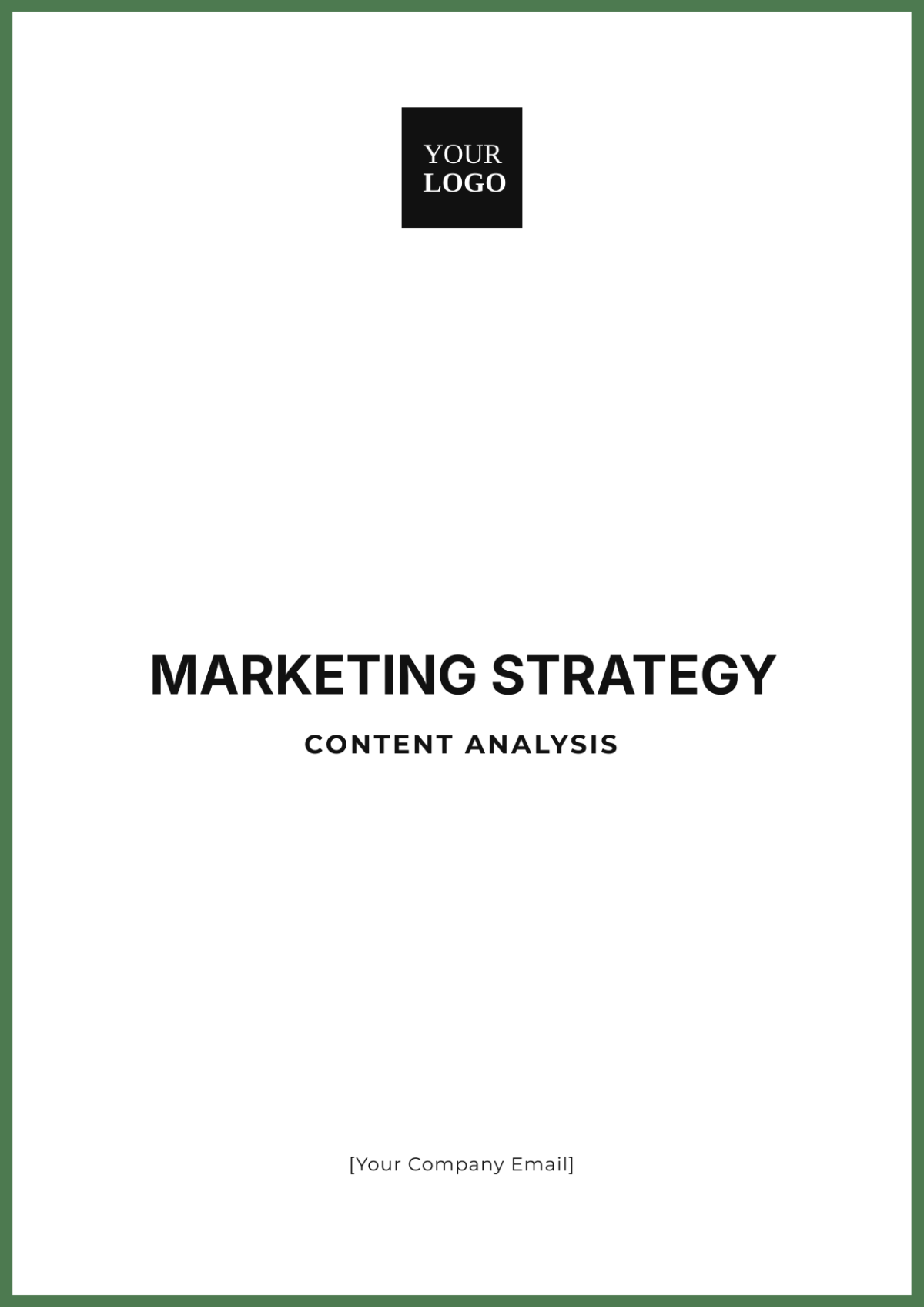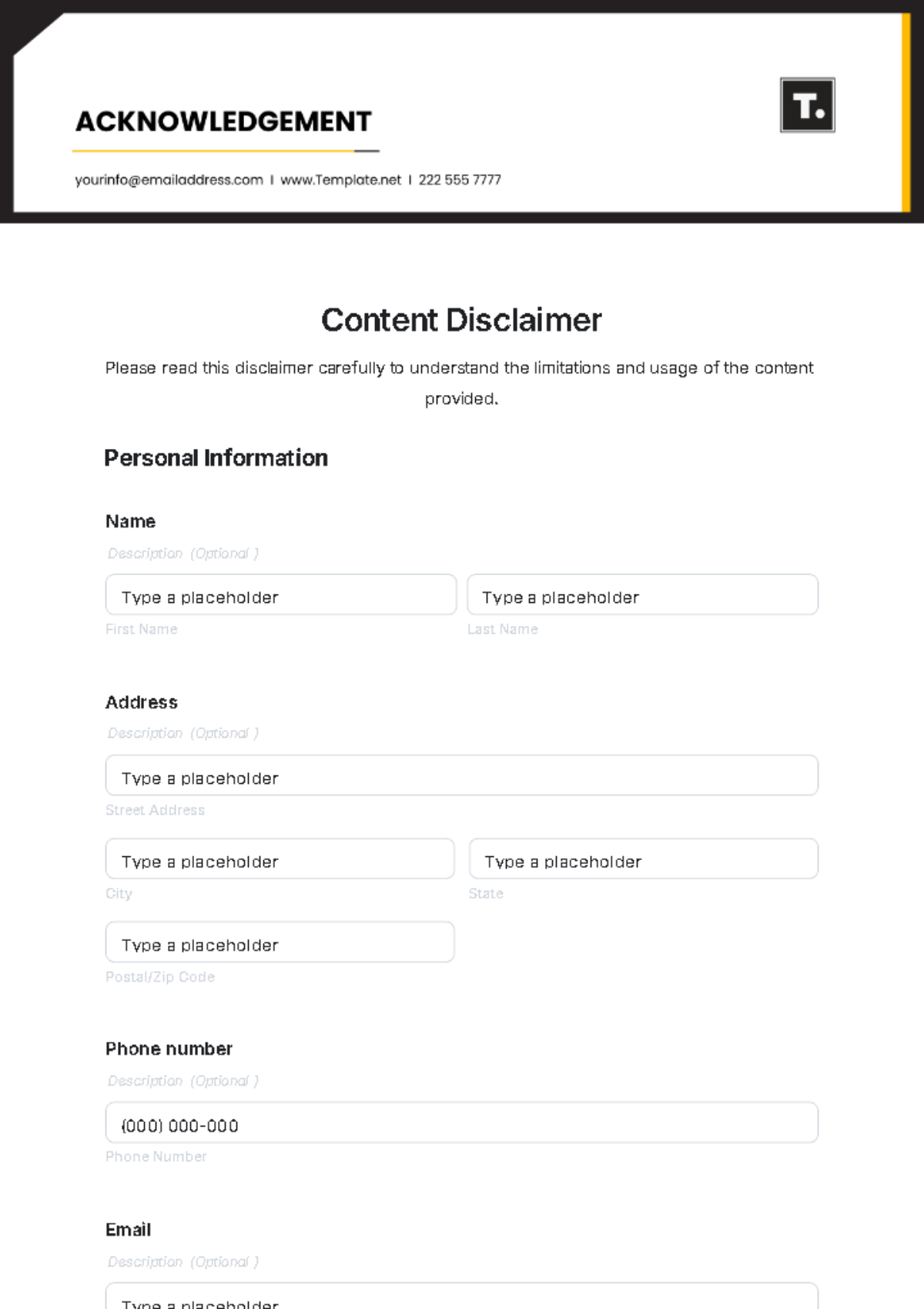Free Content Governance
Optimize your content strategy with Template.net's Content Governance Template. This customizable and editable template ensures seamless content management, providing clear guidelines and workflows. Leverage the power of our AI Editor Tool to tailor the template to your needs. Elevate your content governance with a tool designed to streamline your processes and boost efficiency.






























